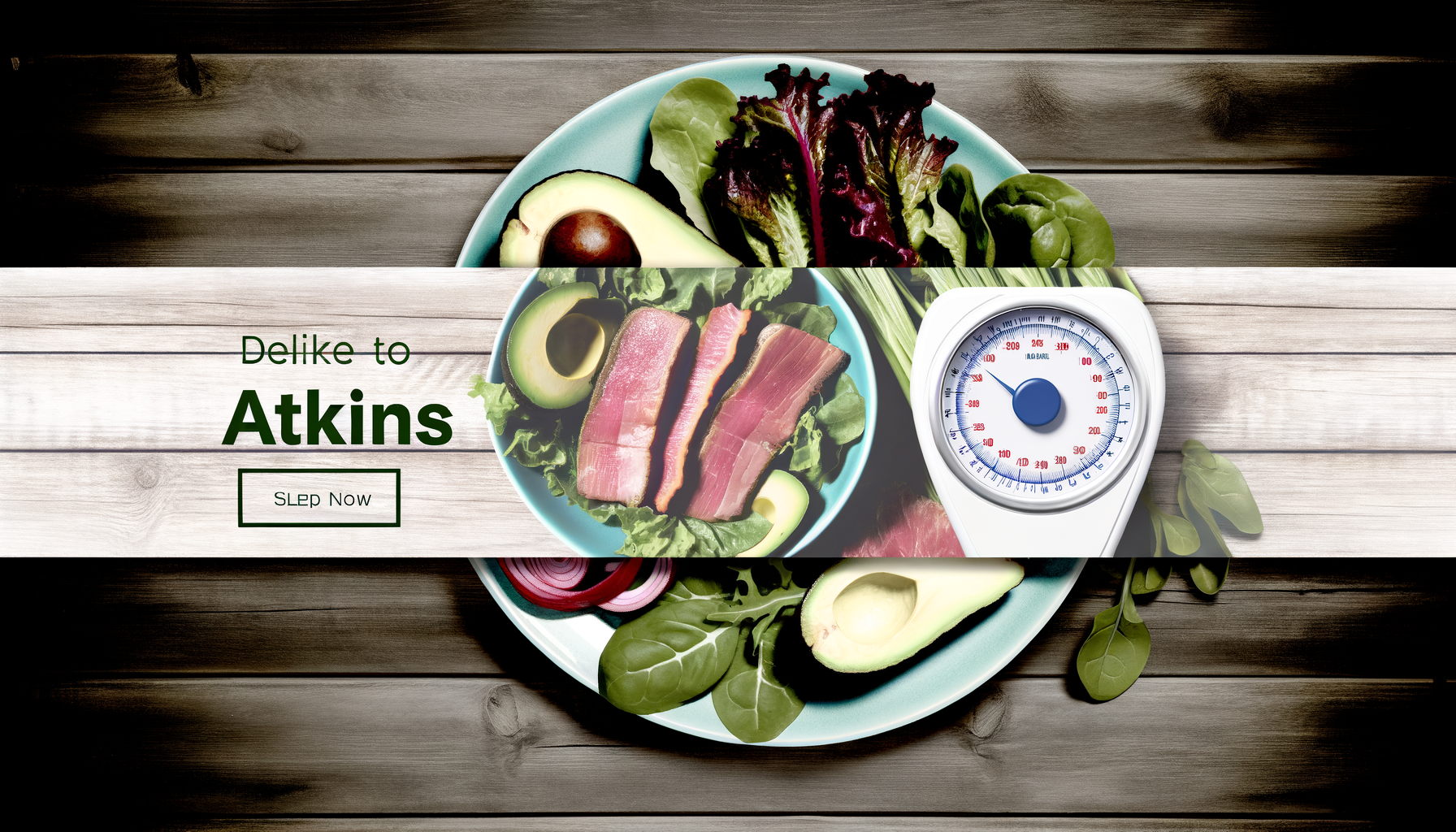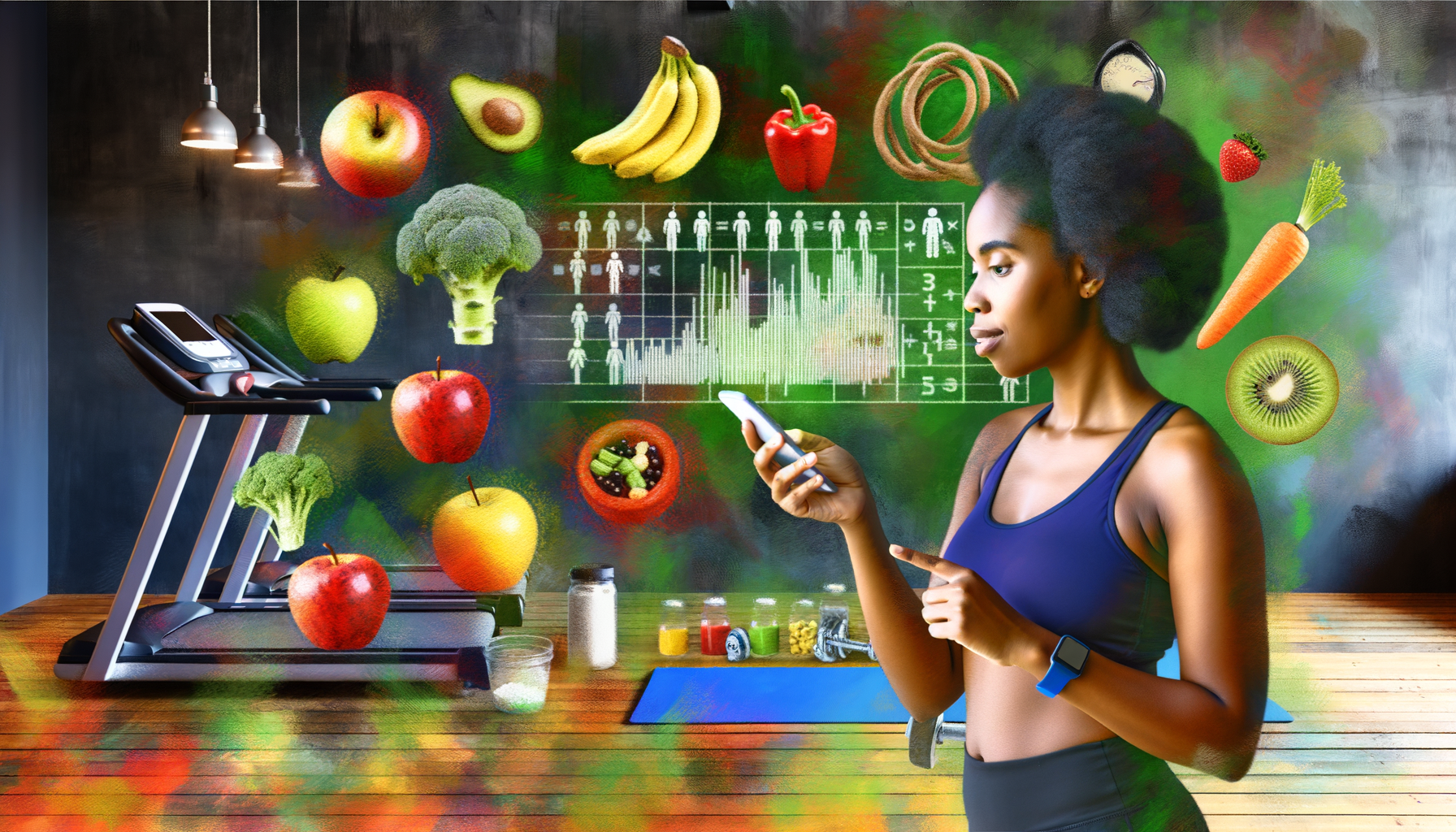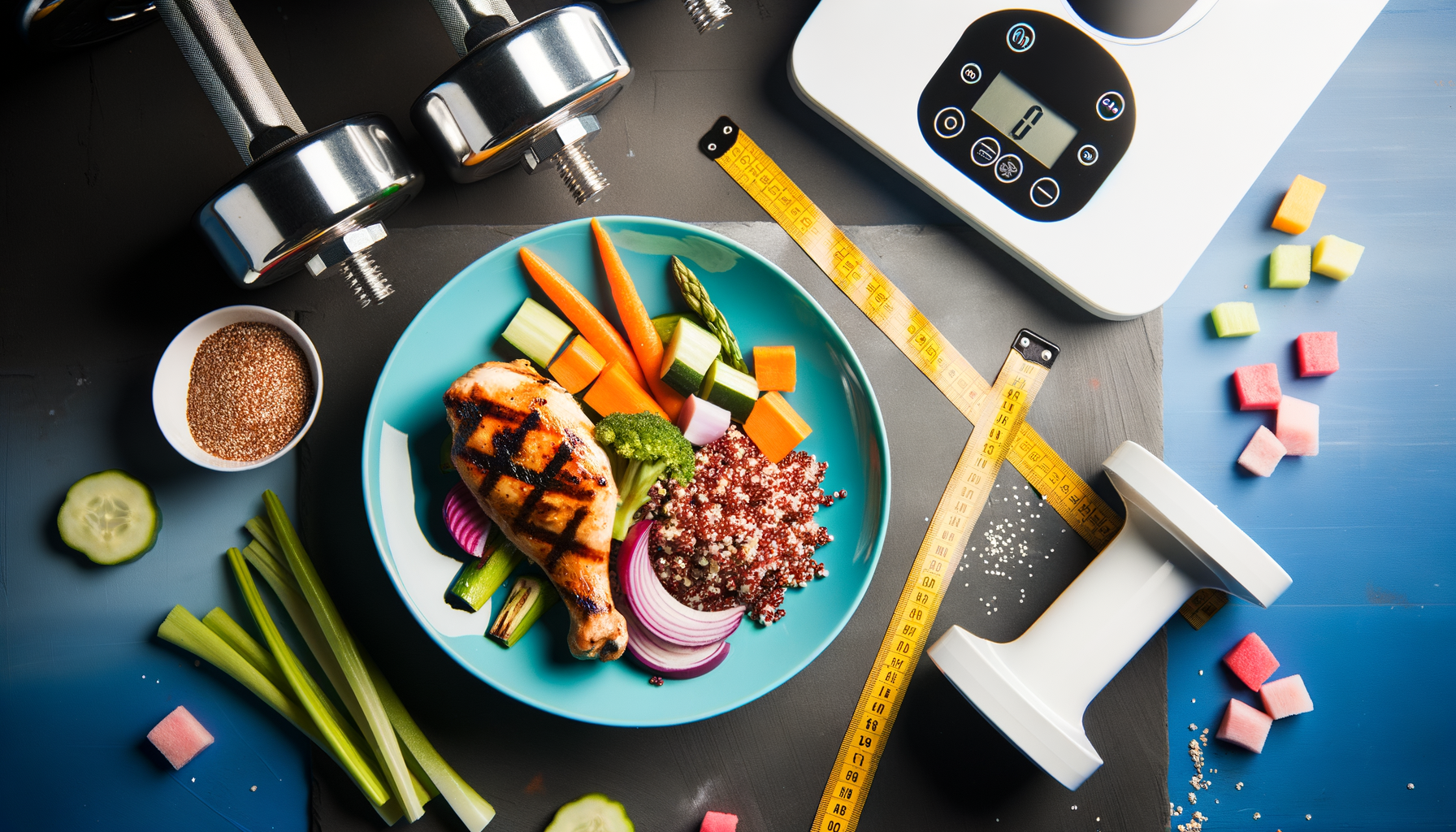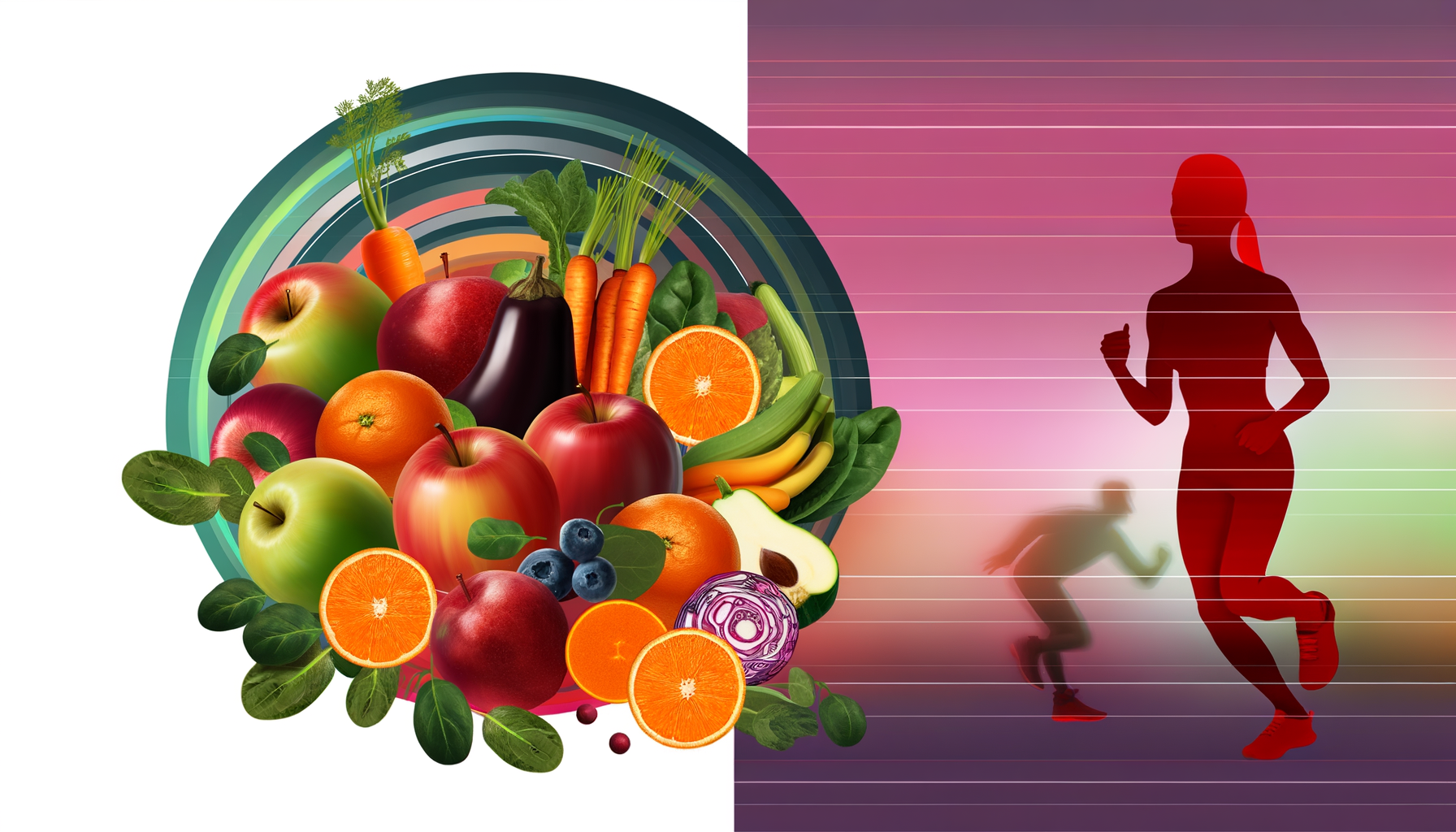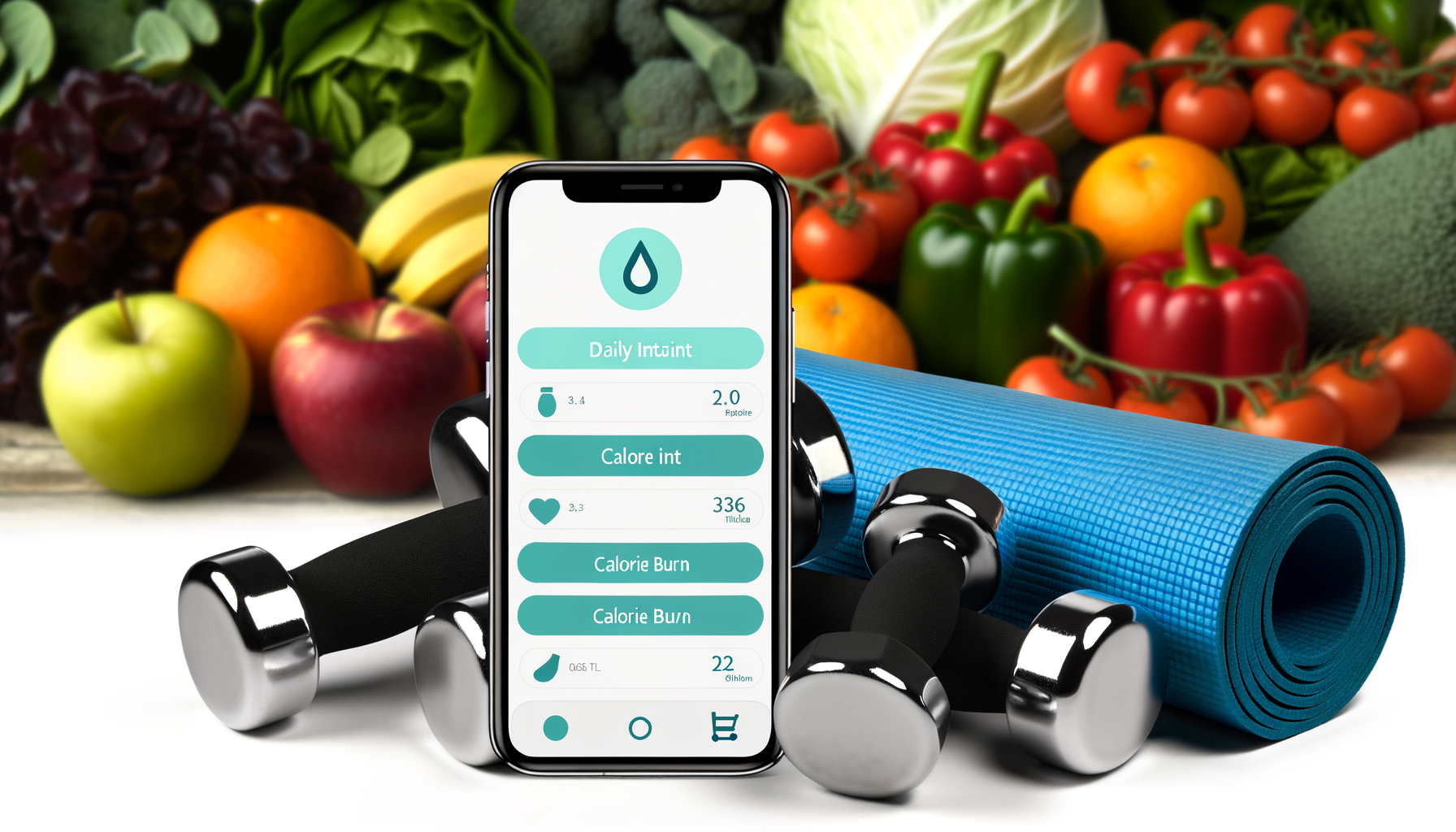The Future of Fitness: Personalized Nutrition Through Technology
The integration of technology into fitness has transformed the way we approach health and wellness, particularly with regards to personalized nutrition. As we delve into the future of fitness, it becomes clear that innovations in artificial intelligence (AI), wearable devices, and digital platforms are driving a more customized and efficient exercise experience. This shift towards hyper-personalized fitness involves not just tailored workout routines, but also nutrition plans that are specifically designed to meet individual needs. Let's explore how these technological advancements are shaping the landscape of fitness and nutrition.
Evolution of Fitness Technology
The past few years have seen a significant leap in fitness technology, with wearable devices like Fitbit and Garmin becoming indispensable tools for tracking physical activity, sleep patterns, and health metrics such as heart rate and blood oxygen levels. These devices, combined with AI-powered platforms, are capable of providing real-time data that can be used to create highly personalized fitness and nutrition plans. Additionally, the rise of digital fitness platforms like Peloton and Tonal has democratized access to personalized workouts, allowing users to stay active from the comfort of their homes or on the go.
Role of AI in Personalized Fitness
Artificial intelligence plays a pivotal role in crafting personalized fitness programs. AI-powered apps can analyze a user's data to tailor workout routines and nutrition plans specifically to their needs, goals, and progress. For instance, apps like Fitbod and Future use algorithms to create adaptive fitness plans that adjust in real-time based on the user's fitness level and performance. This customization ensures that workouts are efficient and effective, leading to better results and increased user satisfaction.
Wearable Technology and Health Monitoring
Wearable devices have evolved beyond simple step tracking to monitor a wide range of health metrics, including stress levels, sleep quality, and even physiological responses like heart rate variability. These insights, when combined with AI-driven platforms, help users understand their bodies better and make informed decisions about their health and fitness. The use of wearable technology, particularly in conjunction with AI, is expected to hold a significant share of the hyper-personalized fitness market, with wearables projected to account for 47.3% of the market value by 2035.
Personalized Nutrition through Technology
Personalized nutrition is emerging as a crucial component of overall fitness. With the help of digital tools and AI, users can receive tailored nutrition advice that complements their specific workout plans. For example, apps like MyFitnessPal allow users to track their food intake and provide insights into nutritional habits. Furthermore, AI chatbots such as Claude.ai can offer personalized meal plans and dietary suggestions based on individual health needs and restrictions.
Integration of Nutrition and Fitness Plans
The integration of personalized nutrition and fitness plans is revolutionizing how individuals approach their health objectives. By incorporating diet recommendations alongside workout routines, users can achieve holistic wellness outcomes. This holistic approach is supported by innovations in health technology, which make it easier for people to track their nutritional intake and align it with their fitness goals. For instance, tools like the WP Calorie Calculator help users calculate their daily calorie needs based on their specific fitness objectives, ensuring that their diet supports their workout regimen.
Future Trends in Personalized Nutrition
Looking ahead, the future of personalized nutrition will be heavily influenced by advancements in AI, machine learning, and data analytics. These technologies will enable more precise dietary recommendations based on individual health profiles and genetic information. Furthermore, the integration of virtual reality (VR) and augmented reality (AR) into fitness experiences can further enhance engagement and outcomes by providing immersive environments for both exercise and nutrition education.
Challenges and Opportunities in Hyper-Personalized Fitness
Despite the potential of hyper-personalized fitness, there are challenges to address. Data privacy and security concerns remain significant as these platforms collect vast amounts of sensitive user data. Additionally, the high cost of advanced personalized solutions can limit access for some consumers. However, these challenges also present opportunities for innovation and collaboration. Developing more affordable and secure technologies can democratize access to personalized fitness, making it possible for a broader audience to benefit from tailored health and wellness plans.
Market Growth and Innovation
The hyper-personalized fitness market is projected to experience robust growth, reaching USD 261.558 million by 2035 with a CAGR of 18.9%. This growth is driven by technological advancements, increased health awareness, and the rising popularity of digital-first fitness solutions. Innovations in AI, wearable technology, and digital platforms are expected to continue driving this expansion, while also addressing existing barriers to entry such as cost and privacy concerns.
Implementing Personalized Nutrition and Fitness
To implement a personalized nutrition and fitness plan, individuals can leverage a combination of technology and professional guidance. Here are some steps to consider:
1. Assess Your Goals and Preferences: Use tools like the WP Calorie Calculator Plans to determine your nutritional needs based on your fitness objectives. Consider consulting with a registered dietitian for personalized nutrition advice.
2. Invest in Wearable Devices: Utilize modern wearable devices that can track not just physical activity but also other health metrics like sleep and stress levels.
3. Engage with AI-Driven Platforms: Leverage AI-powered apps like Fitbod or Future for customized workout routines. Explore platforms that offer AI-driven nutrition advice and meal planning.
4. Explore Digital Fitness Platforms: Use digital platforms such as Peloton for hybrid fitness solutions that allow you to stay active both at home and in-studio.
5. Monitor Progress and Adjust: Regularly track your fitness and nutritional progress using tools like MyFitnessPal. Adjust your plans as needed to maintain consistency and motivation.
Conclusion and Future Outlook
The future of fitness is deeply intertwined with technology, particularly in the realm of personalized nutrition and workout routines. As AI, wearable devices, and digital platforms continue to evolve, we can expect even more tailored and accessible health solutions. Embracing these innovations not only enhances the fitness experience but also supports holistic wellness goals. Whether you're an avid fitness enthusiast or just starting out, leveraging these advancements can guide you toward a healthier, more personalized lifestyle.
For those interested in exploring personalized nutrition further, tools like the WP Calorie Calculator can be invaluable in aligning dietary habits with fitness objectives. By integrating technology into your health journey, you can unlock a more effective and sustainable path to wellness.



